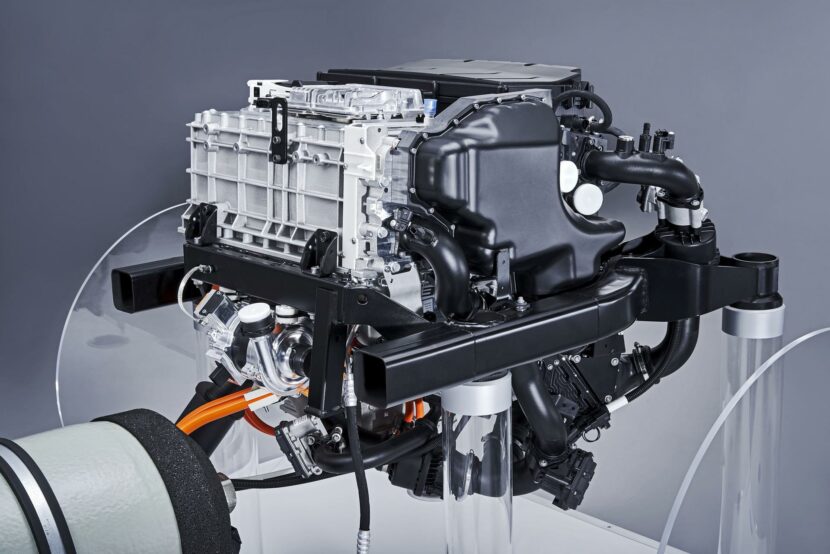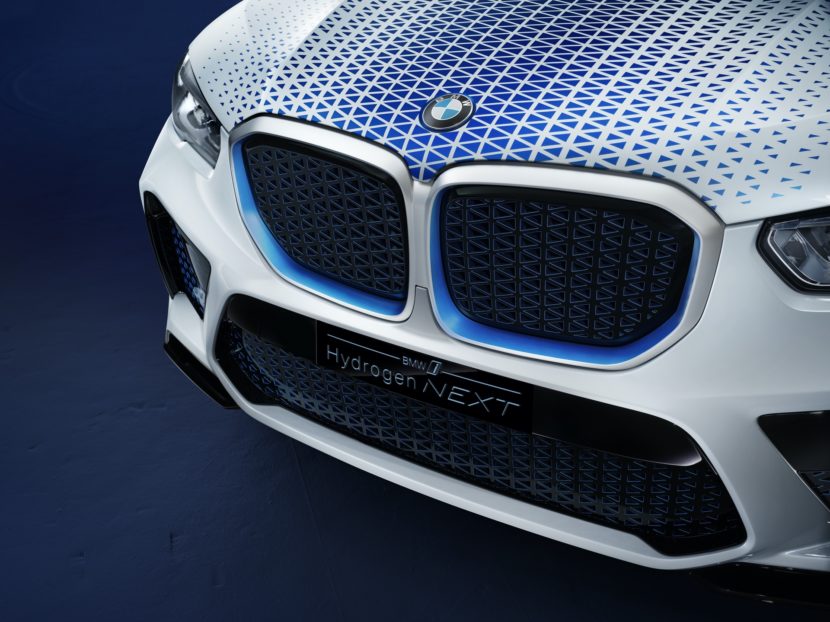BMW Group’s Power of Choice strategy is an all-rounding, multi-pillar approach to future mobility, as detailed by R&D chief Klaus Fröhlich. In a recent presentation video, Fröhlich stresses the fact that the key to ensure success in the field of mobility is diversity.
Or, better said, offering conventional internal combustion powertrains together with pure electric, plug-in hybrid and even hydrogen fuel cell alternatives.
BMW’s R&D chief further highlights the “Power of Choice” aims to offer a diversity of powertrains, which clients can freely choose from based on their own desires and needs. BMW said this approach is substantially safer and more prudent than simply focusing on a single powertrain choice. They see the alternative as a risky approach in a climate already characterized by a high degree of uncertainty.
Electric mobility is the top choice for the future, but it heavily relies on the charging infrastructure which is not where it should be today.
As per BMW forecasts, multiple powertrain solutions will coexist for a long time, maybe even 15 to 20 years from now. The Group’s decision to focus on offering multiple mobility choices is supported by the long-term approach to mobility which BMW has established. Only an openness to various technologies can create the necessary flexibility to further focus on addressing the worldwide mobility topic.
Given the latest advancements in research and development of future powertrain solutions, Klaus Fröhlich highlights that hydrogen fuel cell technology could easily become the fourth pillar of the “Power of Choice” strategy.
The hydrogen fuel cell electric drive could prove a winning choice in the long term, given substantial benefits related to drive range, refueling time, zero-emission driving, peak output and overall daily usability.
To further pave the way towards launching hydrogen electric powertrains in mass production, the BMW Group actively and closely collaborates with Toyota Motor Corporation. Hydrogen and fuel cell are no strangers for the Bavarians, with quite history of conceptual experiments dating back to 1979, when the 520h model with bivalent engine, capable on running on either petrol or liquid hydrogen, was first launched.
The only real impediment is the lack of a proper hydrogen refueling infrastructure as well as the relatively high costs to produce hydrogen in a green, sustainable manner, which makes the overall technology scarcely affordable today and less prone to serial production.
But the situation could easily change in a matter of years, probably in the second half of this decade.
In the end of the video, Klaus Fröhlich proudly announces the advent of the limited-run, trial BMW i Hydrogen NEXT models, based on the current generation of the X5. He promises the FCEV to be a true BMW in every aspect, driving and feeling like a Bimmer.
Nonetheless, Fröhlich mentions that hydrogen electric technology is particularly suitable for the high-riding, upper-end BMW X models.
Who knows, in a matter of years we could some interesting FCEV propositions for the X5, X6 and X7. Now let’s see the video with Klaus Fröhlich praising the key attributes of the “Power of Choice” multi-pillar mobility strategy.









































































